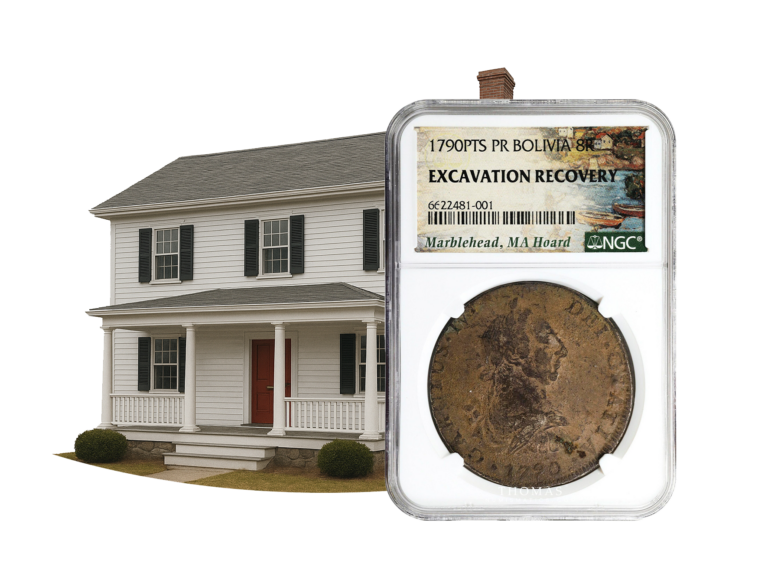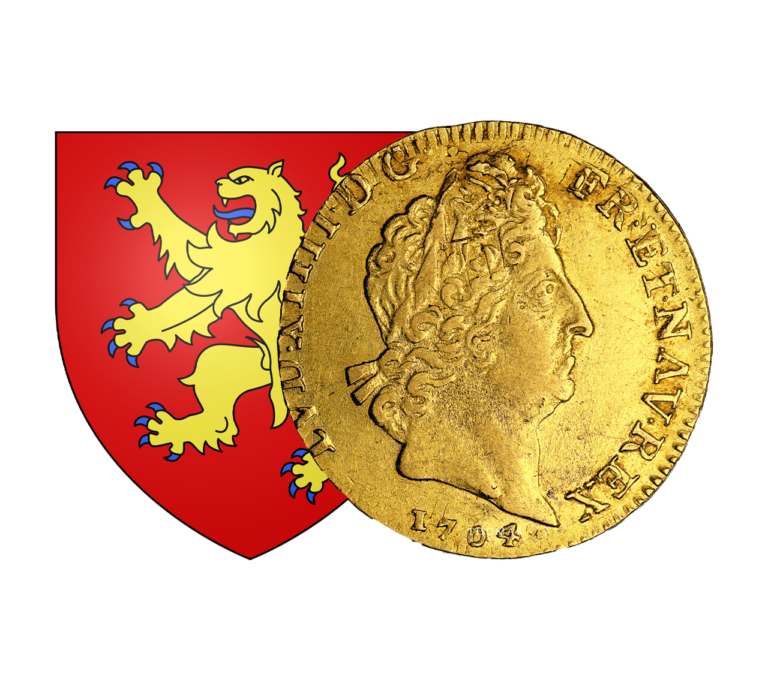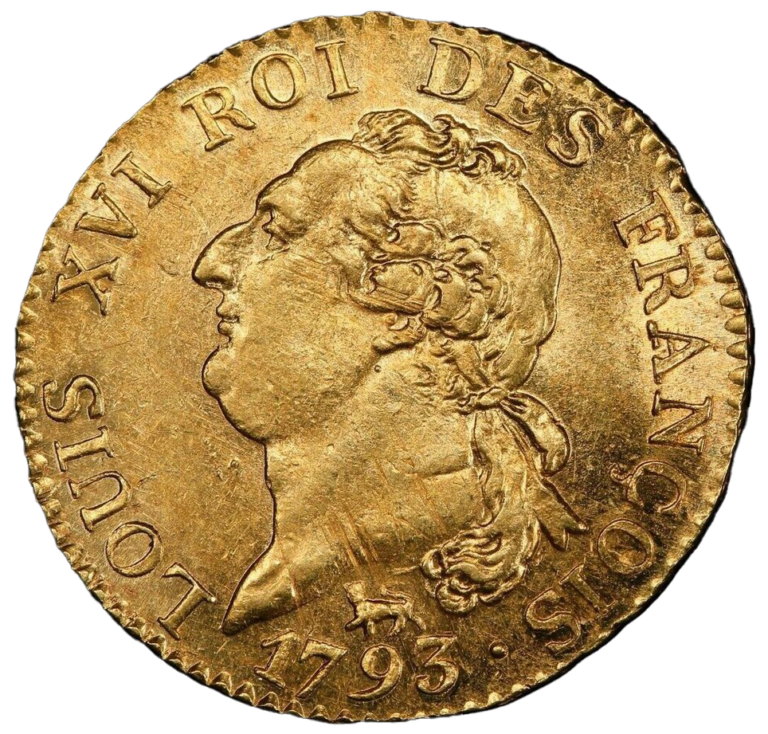
Discover all the news and articles from TNUMIS Magazine exclusively
The gros tournois
The gros tournois is the name given to a French silver coin. Created by Saint Louis in 1266, it quickly became popular and was one of the most imitated coins of the Middle Ages. Produced and used in large quantities, it was minted until the 16th century. Today, it is one of the most renowned coins in medieval numismatics.
The creation of the gros tournois
Otherwise known as the gros d’argent, the coin was produced by King Louis IX (Saint Louis) on his return from the Seventh Crusade (1248-1254). This is why some historians claim that the king was inspired by Arab coins. However, the creation of this type of currency was far from an isolated case in Europe. In the 13th century, the economy was booming, and new coins were being created all over the continent: florins in Florence, matapans in Venice, aquilini grossi in the Tyrol, groats in England and Groschen in Bohemia.
Saint Louis was no stranger to the need to support the economic recovery of the 13th century, and wanted more than anything to unify the kingdom. Born in Poissy in 1214 and dying in Tunis in 1270, he was the son of Louis VIII and Blanche de Castille, who became regent in 1226, when Saint Louis was just 12 years old. From the moment he came of age and assumed the throne, Saint Louis sought to reach agreements with neighboring sovereigns and great lords. A devout Catholic, he took part in two crusades, the seventh and eighth. Within the kingdom, he sought to assert his authority by imposing his laws and justice.
For this reason, on July 12, 1266, he ordered the minting of a silver coin to represent the “sou de compte”. Minted exclusively in the royal workshop, it was to supplant the deniers and obols in use since the Carolingian reform. The aim was to create a stronger currency for trade and to unify all feudal entities.
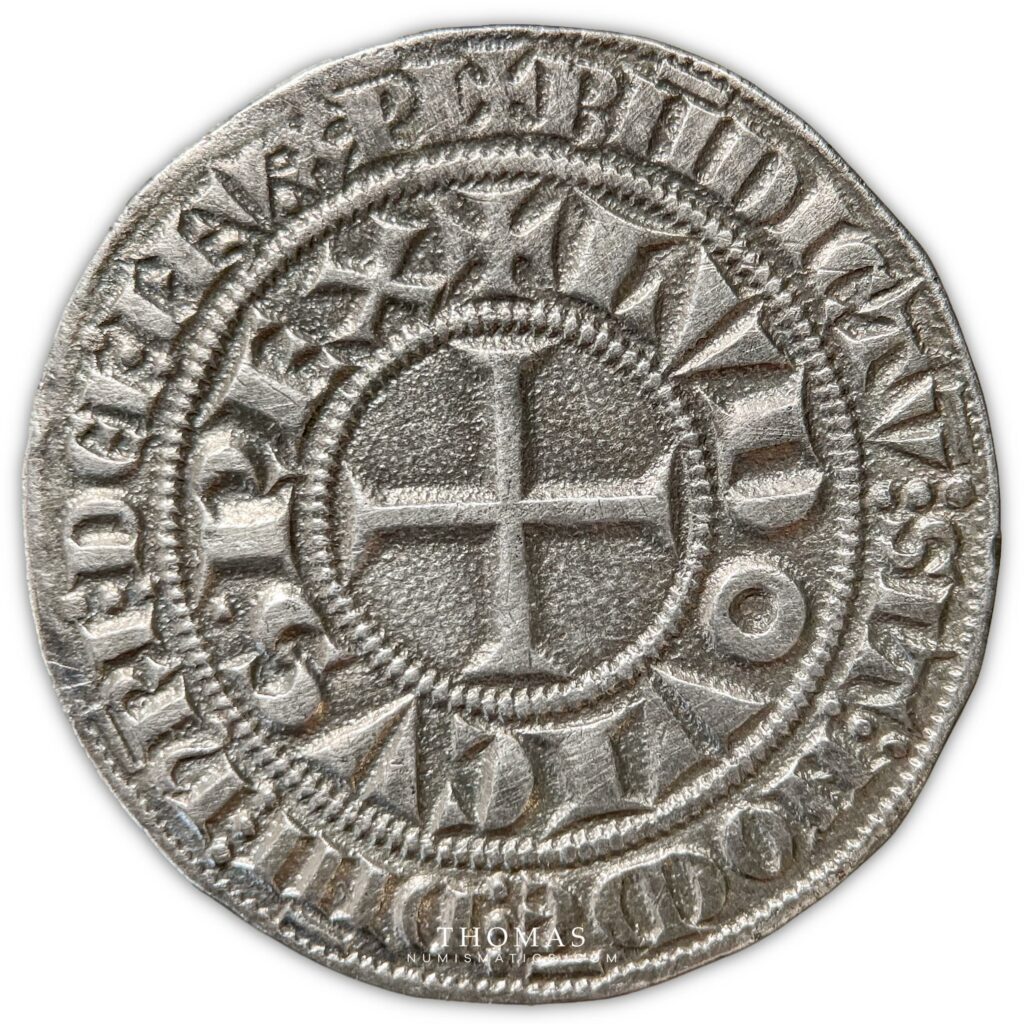
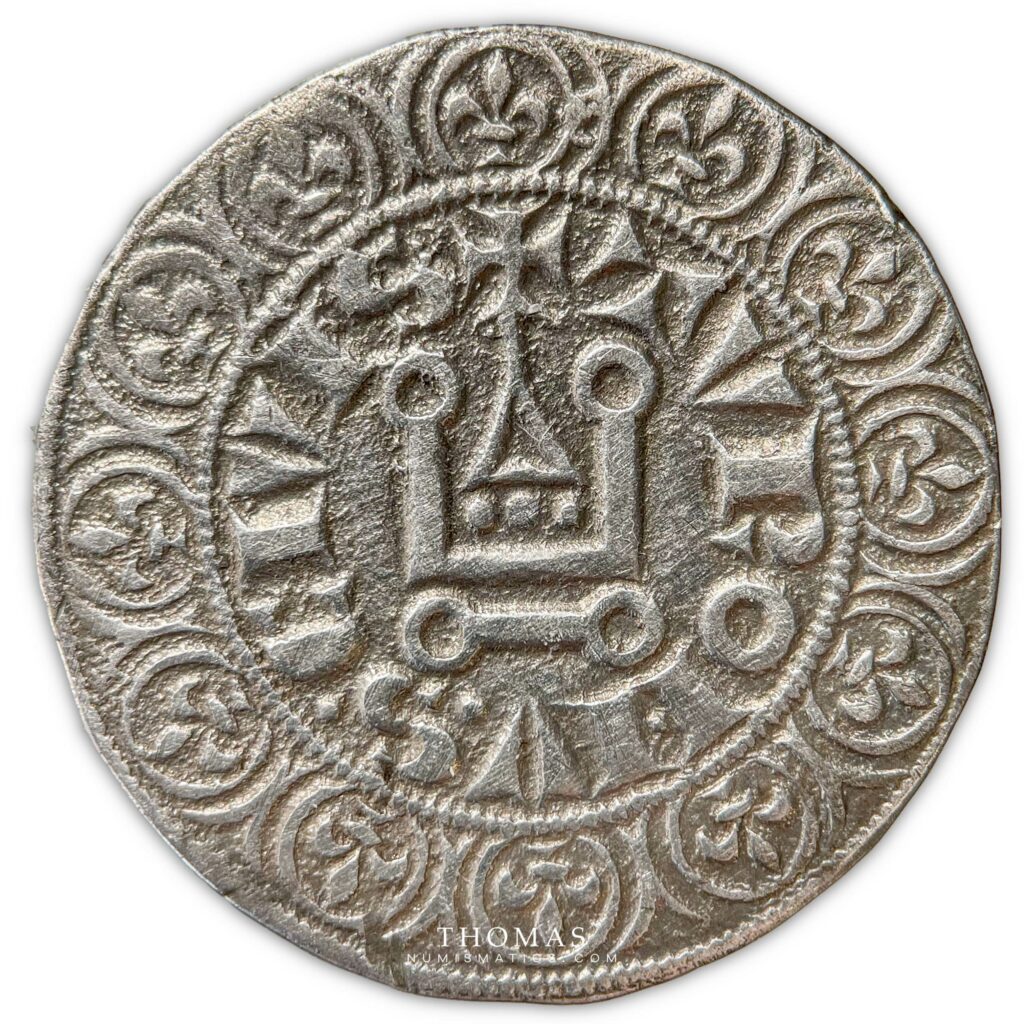
Gros tournois features
A silver coin
The gros tournois of Saint Louis was cut at 58 au marc de masse, i.e. a mass of 4.22 grams of silver. Minted in the city of Tours, it was therefore worth one sou or twelve deniers tournois. As time went by, the quality of the gros raised its price: under Philippe le Bel, it was worth up to 15 deniers. Restored by Charles V, abandoned under Charles VI, then reintroduced by Charles VII at a value of 30 deniers, the gros tournois was eventually replaced by the teston in the XVIe century.
A name that speaks volumes
Back in 2018, Philippe Bodet wrote about the fine-money content of the big tournament. For him, it was perhaps its value that gave it its name:
“As for the actual silver content, 958/1000, claimed by all sources, a doubt arises when we study the conditions of the time and the silver extraction and titration processes. This study, deliberately popularized, shows that the actual titre would be closer to 938/1000 or even less. Coincidence or technical contingency, but such a titre gives the gros tournois a mass of fine silver equivalent to a weight of … un gros, an ancient unit of mass worth just over 3.8 gr. Could this be the origin of the name, or the survival of the medieval expression ‘gros denier’?”1 .
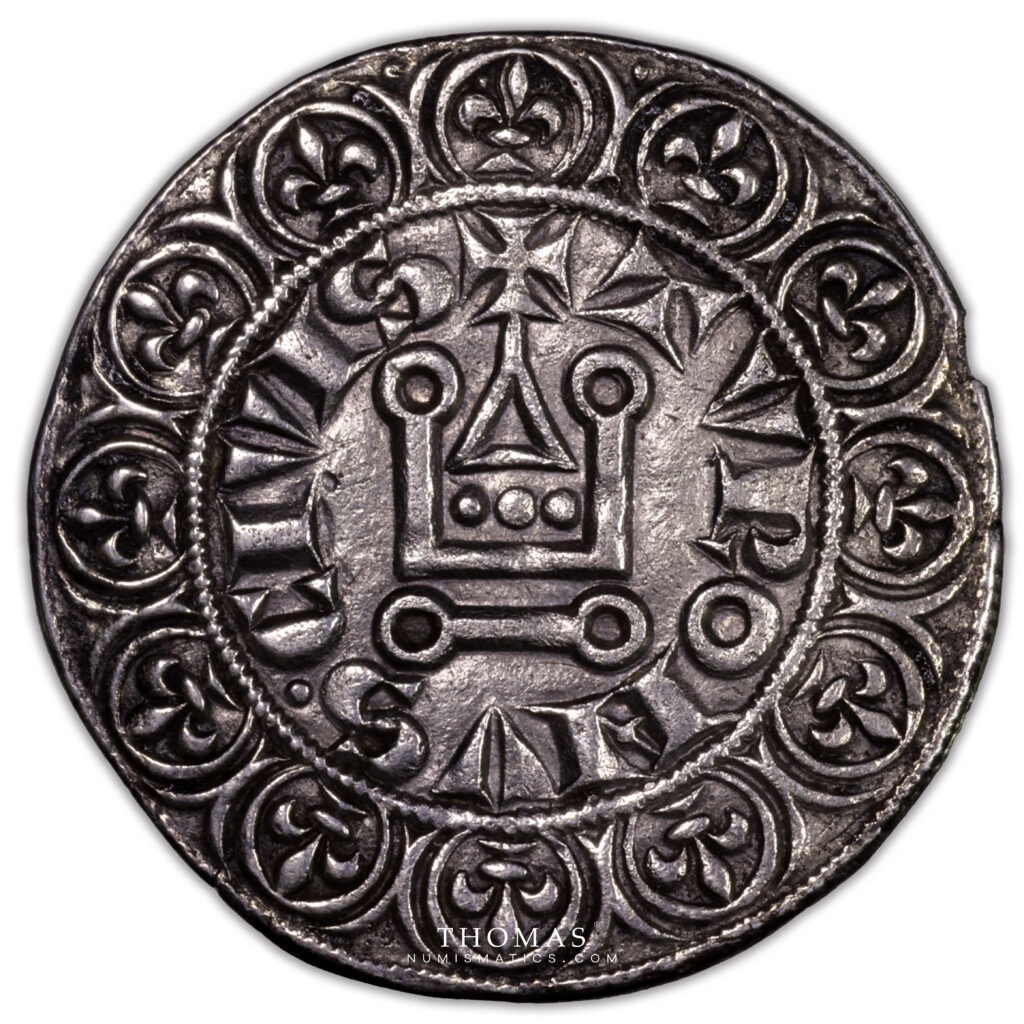
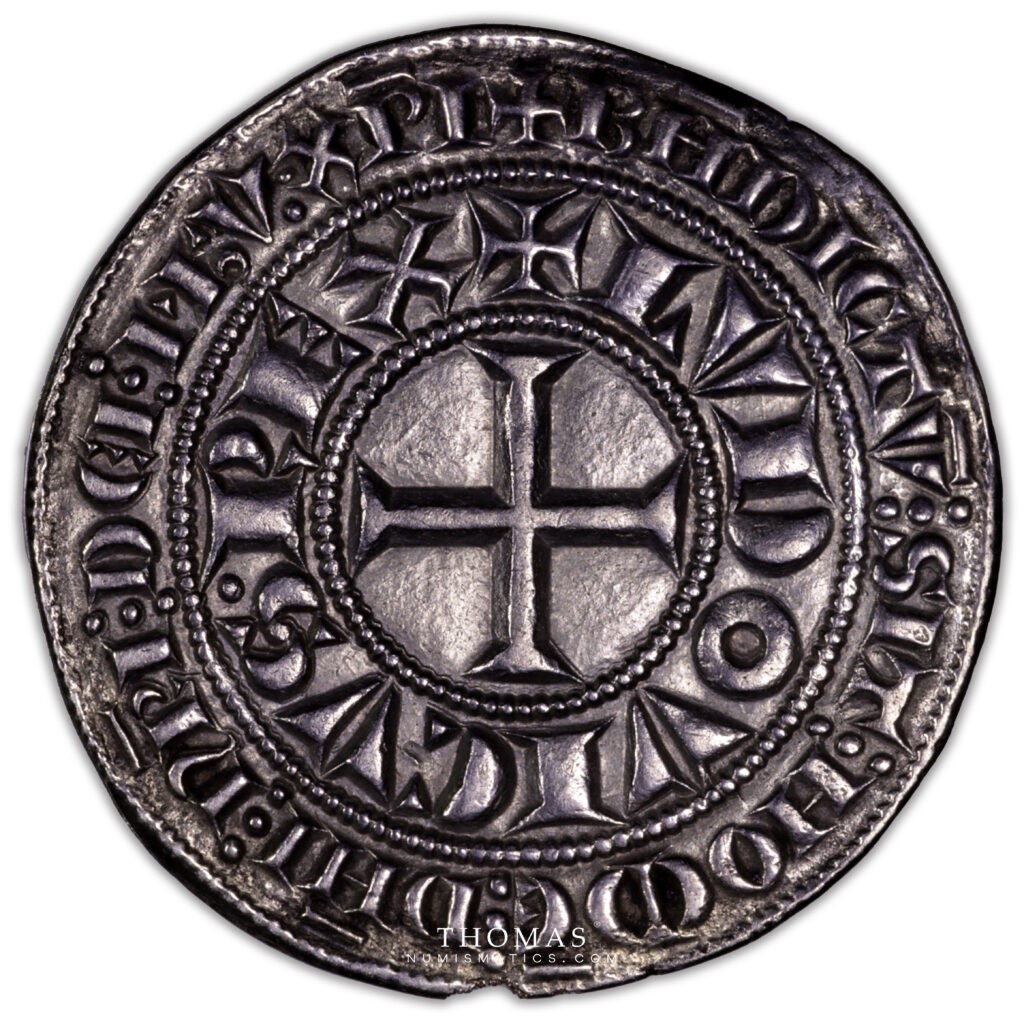
A royal coin
In terms of style, the gros tournois takes its cue from the denier tournois.
The obverse features a cross surrounded by the twelve letters LVDOVICVS REX, the king’s title. On the rim, a Latin inscription reads “BNDICTV:SIT:NOME:DNI:NRI:DEI:IHV:XPI”, meaning “blessed be the name of our Lord Jesus Christ”.
The reverse also features a twelve-letter Latin inscription: TVRONVS CIVIS, the name of the Tours workshop. In the center of the coin, the Tournois castle is stylized. Surrounding it is a border of twelve fleur-de-lis, a symbol of biblical royalty that underscores the King’s devotion. According to some, the number of lilies was there to certify the exchange rate of twelve deniers, but according to Philippe Baudet “this dogmatically accepted theory has yet to be formally demonstrated, as it is contradicted by practices subsequent to Louis IX; such as the gros blanc under John II the Good, with thirteen fleurs de lys, which was exchanged for 10 deniers”.
The legacy of Louis IX’s gros tournois remained omnipresent in French numismatics. Subsequent kings often sought to imitate the coinage of Saint Louis, and even today, it still holds a prominent place in numismatics. Find it regularly in our store.
Sources :
Jean Dérens dans L’encyclopédie Universalis
David Knoblauch, Numismatique, « Zoom sur le Gros Tournois, témoin du renouveau monétaire médiéval »
Larousse
Wikipedia
1Philippe Bodet, Academia, « Le gros tournois de St Louis… réflexions »
